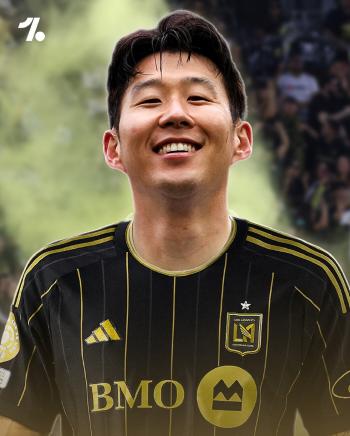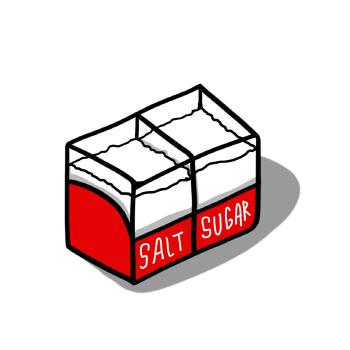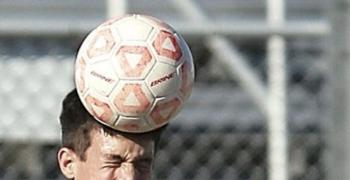Painful shoulder pain every night, I thought it was a frozen shoulder, but ruptured?
Sep 25, 2025
|
The rotator cuff rupture is a shoulder disease that is often confused with the frozen shoulder. Both diseases cause pain when moving the arms, but the difference is clear. The frozen shoulder is characterized by stiffening the joint sac and restricting movement, while the rotator cuff rupture is characterized by severe pain and loss of strength due to damaged tendons. In particular, night pain is severe and often interferes with good sleep, which greatly affects the quality of life.
Lim Hyun-kyu, director of the Joint Center at Suwon Nanuri Hospital (Orthopedic Surgeon), said "Rotator cuff rupture is likely to be neglected because there may be no severe pain unexpectedly.""In fact, there are cases where you are diagnosed with rotator cuff rupture while visiting a hospital thinking it is a frozen shoulder." If you have symptoms, it is important to get an accurate diagnosis as soon as possible."
The rotator cuff consists of four muscles and tendons surrounding the shoulder, such as the maxillary muscle, the distal muscle, the parotid muscle, and the scapular muscle, stably supporting the shoulder joint and helping the arm move. However, once ruptured, natural recovery is difficult, so early treatment is more important than anything else.
The rotator cuff rupture is likely to miss the timing of treatment as the pain is temporarily relieved over time. However, if left unattended, changes such as tendons curl up, muscle atrophy, and fat degeneration can occur. If this condition persists for a long time, it is difficult to restore normal function even if surgery is performed, and in some cases, surgery itself may become impossible.
Treatment method depends on the degree of rupture, the age of the patient, and the level of activity. If MRI tests confirm partial rupture or minor symptoms, improvement can be expected through medication, physical therapy, injection therapy, and rehabilitation exercise. However, if it is a moderate rupture or acute injury, suture through arthroscopy is necessary.
Arthroscopic suture is a method of suturing a damaged tendon through a small incision less than 1 cm. It has the advantage of low pain and scar burden and quick recovery due to its small incision range.
"Rehabilitation and preventive management are essential to maintain shoulder health for a long time after surgery," Director Lim Hyun-kyu said. "Steady shoulder muscle strengthening exercises such as stretching and band exercises, and avoiding sudden lifting of heavy objects or raising arms above your head for a long time can help prevent rotator cuff rupture."
This article was translated by Naver AI translator.














